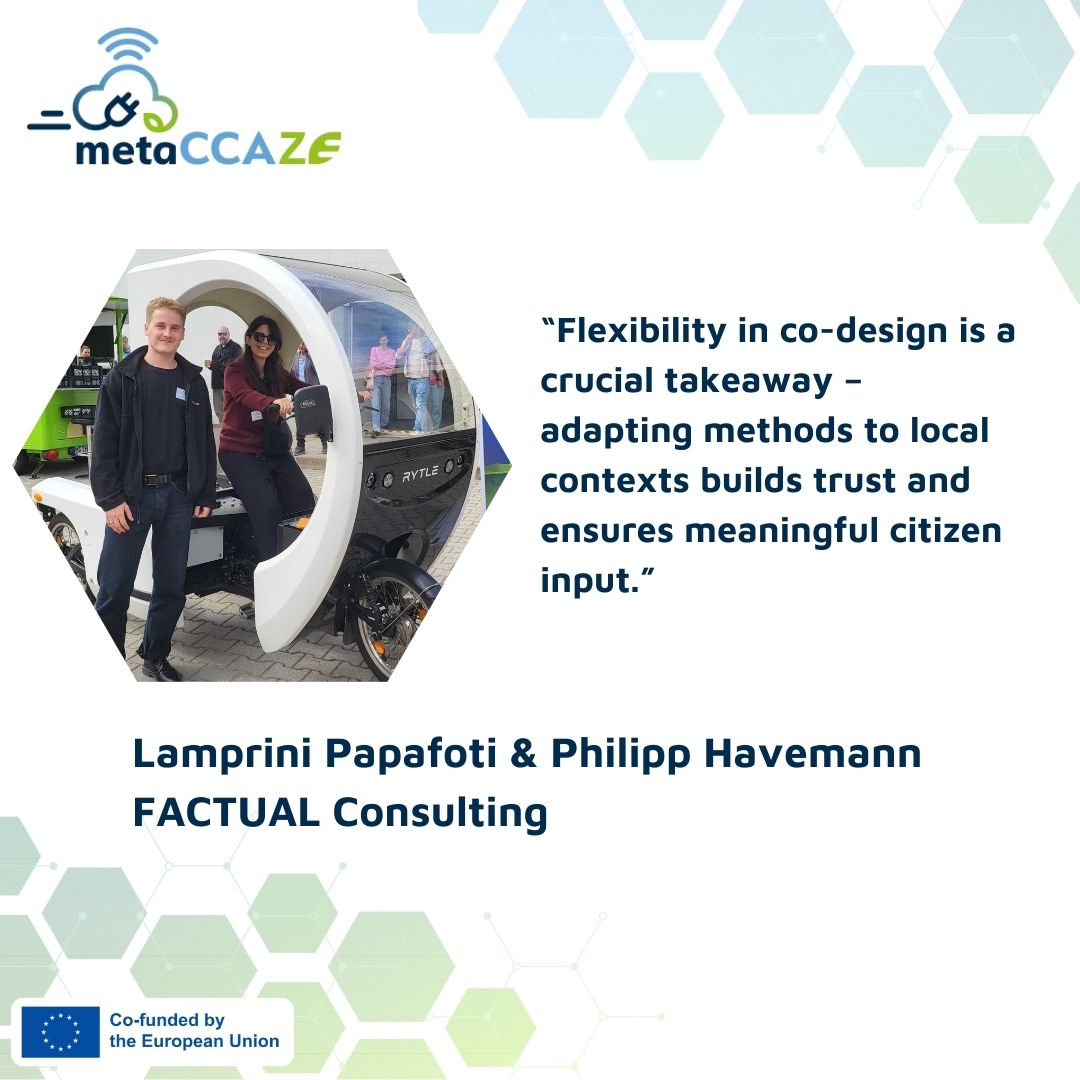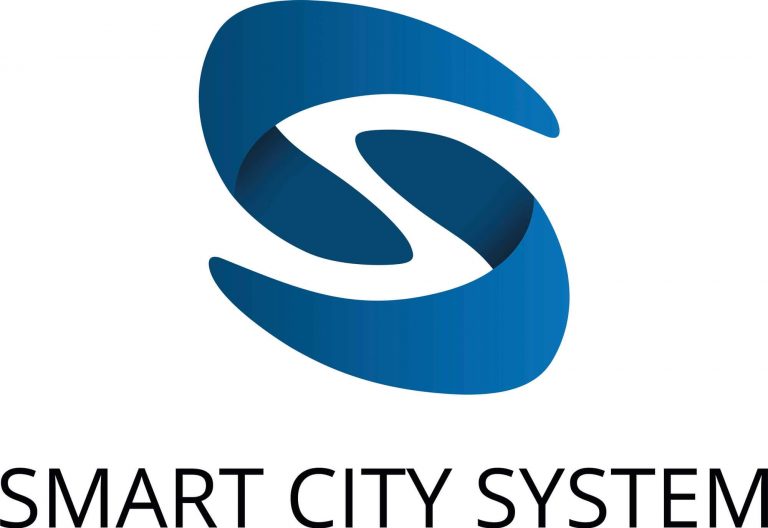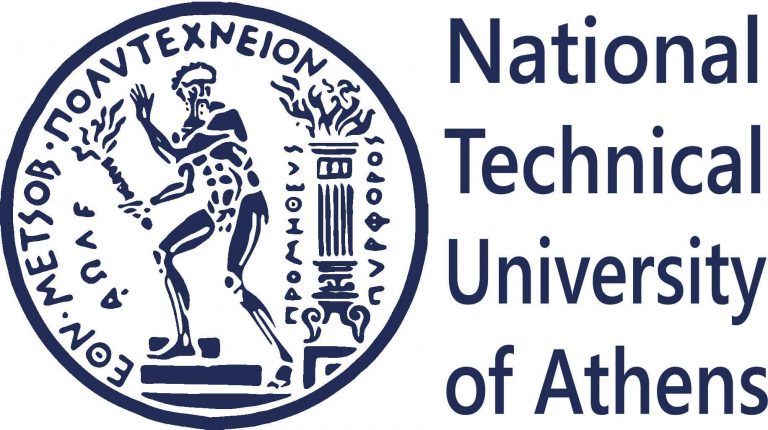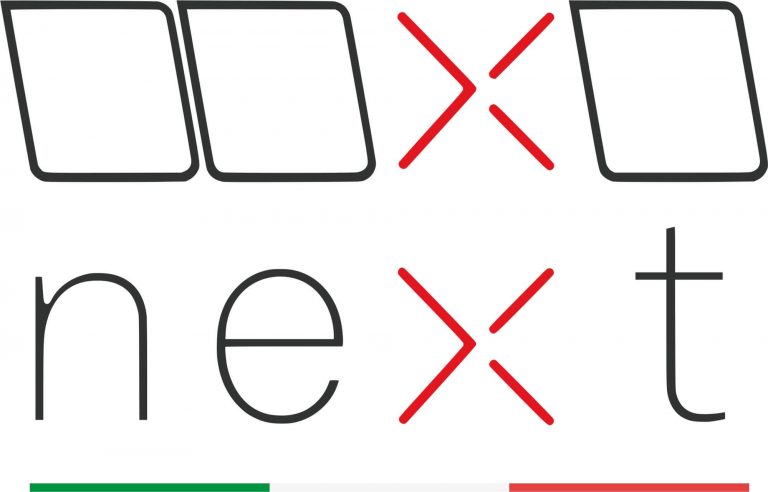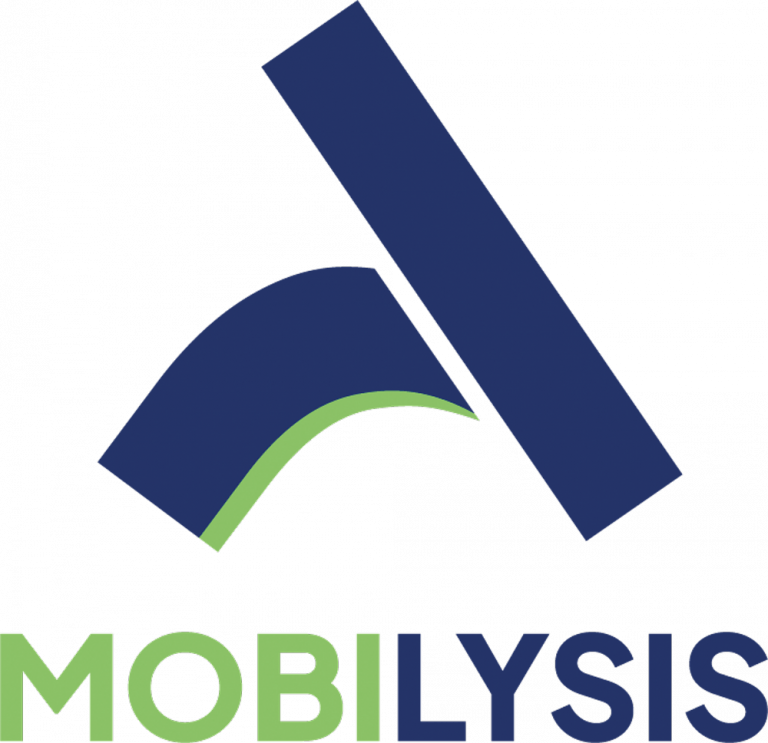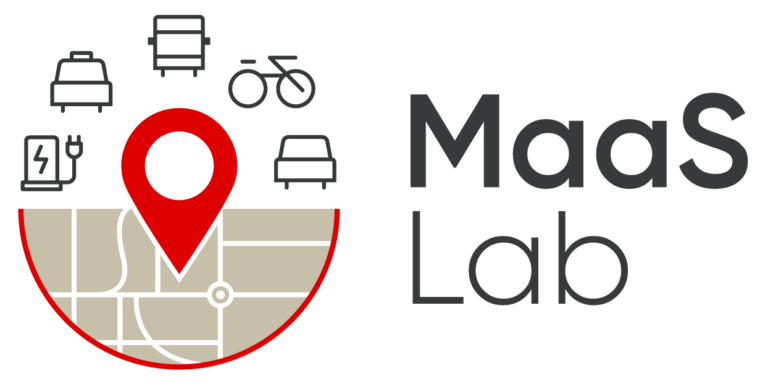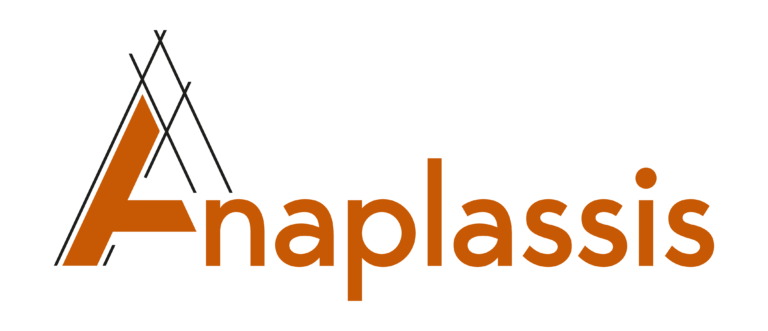In the recently published Deliverable 3.2 – Trailblazer LLs: co-design activities, implementation preparation and monitoring plans, Factual , responsible for coordination of Work Package 3, provides a detailed analysis of the progress made by the four Trailblazer Cities Amsterdam, Limassol, Munich, and Tampere. The report evaluates MetaDesign activities, assesses implementation plans of the previously developed Use Cases as well as project risks, and offers a framework to evaluate implementation plans and monitor the projects in the upcoming project phases.
But what is co-design or MetaDesign? And what in the name of Horizon Europe are implementation, preparation or monitoring plans??
Since the metaCCAZE project addresses new and innovative topics in digital, automated, and shared mobility, hardly any established blueprints or best practices exist. In this context collaboration among project partners is essential to share learnings, mitigate risk and ensure successful implementation. The initial metaCCAZE cities form a peer community of pilots, the so-called Trailblazer Living Labs (T-LLs), that continuously share knowledge and support each other by comparing methodologies, highlighting successful strategies, and identifying common challenges and risks. The T-LLs are not only collaborating among themselves but also actively engaging with citizens, possible users, and public institutions to ensure that the resulting mobility services are both socially acceptable and meet actual demands. These activities are referred to as MetaDesign activities and are a fundamental building block of the metaCCAZE project.
The different T-LLs are now in the middle of the testing and integration phase. That means the cities have begun signing contracts, purchasing vehicles, or selecting operational areas. At this critical point, where the projects are taking shape but some key elements are still under consideration, Deliverable D3.2 takes on the important role of documenting the current status and outlining the path forward. It presents a detailed review of past and ongoing exchange, participation, and information formats designed by the partners. In addition, with the Follower Cities now developing their ideas and closely watching the Trailblazer Living Labs, the deliverable also analyses the implementation plans, roadmaps that guide the further development of the Living Labs. These plans include reflections on potential risks and proposed mitigation measures. The Gantt charts support ongoing monitoring and are a key part of the deliverable.
A key finding is that all four T-LLs are on track to bring their Use Cases into operation, with no major obstacles identified so far. The report highlights the wide variety of engagement activities used – surveys, workshops, interviews, and even informal formats like barbecues and social events – designed to gather input from users, citizens, and other stakeholders. Although reaching diverse population groups was not always easy, all cities successfully gained valuable citizen insights that influenced the design of their projects. In Limassol, for instance, an online survey targeting parents of adolescents received limited responses. The team responded by organizing in-person focus groups at schools, which proved far more effective in generating meaningful feedback and building trust. This example illustrates that flexibility in co-design is a crucial takeaway.
With demonstration phases approaching, Deliverable 3.2 marks an important milestone, offering not only a status report but also strategic guidance for Trailblazer and Follower Cities or other European projects with similar challenges.
Authors: Lamprini Papafoti and Philipp Havemann (Factual Consulting)
